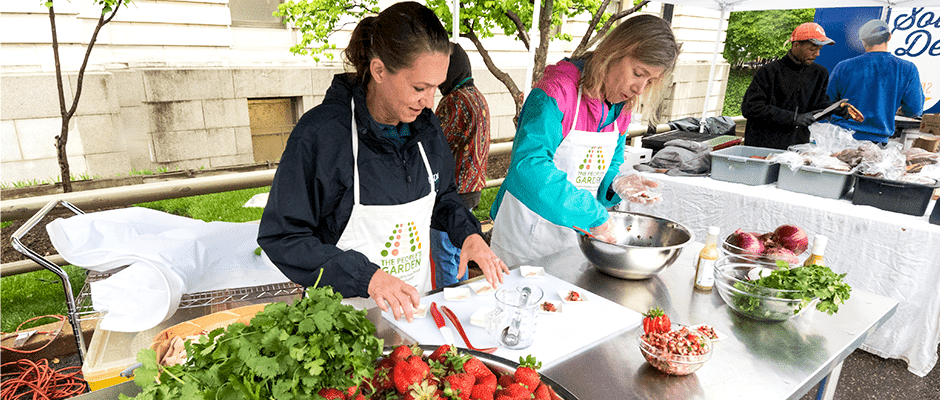Share this article
WSB: Tapping into locavores as potential hunters
As hunter numbers continue to decrease in the United States, researchers looking for ways to recruit nontraditional hunters may have found a group to tap into — locavores, or people who prefer to buy and eat local foods.
In a new study published in The Wildlife Society Bulletin, researchers surveyed subscribers of “Edible Finger Lakes,” a magazine in the Finger Lakes Region of central New York oriented toward the local-food movement, to determine their interest and involvement in hunting.
“Initially, my colleagues and I had this hunch based on gray literature such as newspaper reporting and books that were published,” said Keith Tidball, a senior extension with the Department of Natural Resources and the assistant director of the Cornell Cooperative Extension and coauthor of the study.
Since locavores prefer food that’s grown, raised, produced and harvested locally, Tidball suspected some of them might be interested in hunting.
The researchers submitted a grant to determine three things regarding the locavore movement and hunting: recruitment and retention, how food preparation plays a role in their interest, and the nutritional component of wild game and how this plays into conservation. This study focused on recruitment and retention.
“The main message here is encouraging,” Tidball said. “Local food movements are important to hunter recruitment and retention.”
After surveying 471 subscribers to the magazine, the team found that over 80 percent had eaten wild game at least once, though less than 20 percent did this on a regular basis.
“There’s a really high willingness to consume, and there’s not an ‘ick’ factor,” said lead author Richard Stedman, a professor in the Department of Natural Resources at Cornell and associate director of the human dimension research unit at the Department of Natural Resources. “But they were not doing it often.”
The team found very few respondents personally harvested wild game, and 77 percent received it from family. However, 77 percent said they would consider hunting, and over half were interested in learning about preparing wild game and the conservation benefits associated with consuming wild game.
“We’re the first ones to put some numbers behind this idea,” Stedman said. But while the findings were encouraging for hunter recruitment, he warned, “t’s not the end of solving the decline of hunting.”
The respondents included mostly upper class, older women, but researchers cautioned that they represent only a portion of the locavore movement.
“There’s no membership card for being a locavore,” Stedman said. “So the idea of figuring out a good population to study was one of the real challenges of this work.”
They considered shoppers at farmers markets, farm stands and local organic clubs, but eventually chose the magazine subscribers. “This is far from a perfect representation of the locavore movement at large. It’s a very strong representation of one particular element of it,” Stedman said.
As the movement continues, it has increasingly taken on millennial “hipsters” drawn to traditional techniques, Tidball said. “From a social movement standpoint, it’s morphing and changing.”
But of the group surveyed, many were interested and appreciative of hunting. “It’s not simply an exercise of trying to recruit additional hunters,” Stedman said. “The appreciation of the culture of conservation is important whether or not you’re picking up a firearm and going into the field.”
Header Image: Nutritionists with the USDA Agricultural Marketing Service prepare strawberry salsa with local foods. Locavores, or people who prefer to eat local foods, may show some interest in hunting, according to recent research. ©Bob Nichols/USDA








